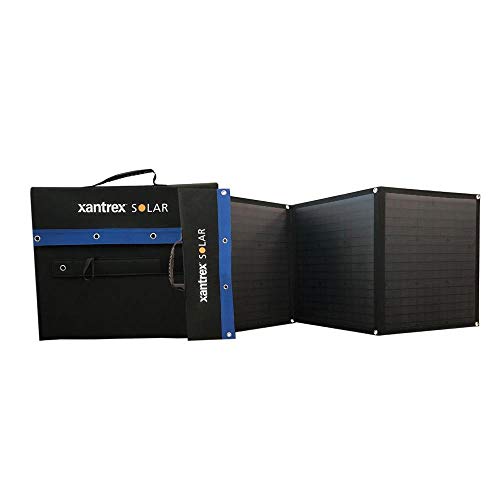Diesel4Life
Well-known member
- Joined
- Apr 12, 2016
- Messages
- 62
- Reaction score
- 0
blEEp,
Pasteurization can and does occur at various temperatures for different life forms and species. Some actually thrive at higher temperatures, there are numerous examples of heat and cold resistant bacteria. In the meat industry they are focused on destroying dangerous pathogens and bacteria, and in Mycology their focused on harmful bacteria, nematodes, insects indigenous to the fungi etc. In fermenting we are focused on encouraging procreation. So increases above 75 degree's is to be avoided, and then never above 118 degree's once you have a well establish colony. But I see no positive purpose to ever raise the temperature to those levels. I prefer room temperature or refrigeration for long term.
Pasteurization can and does occur at various temperatures for different life forms and species. Some actually thrive at higher temperatures, there are numerous examples of heat and cold resistant bacteria. In the meat industry they are focused on destroying dangerous pathogens and bacteria, and in Mycology their focused on harmful bacteria, nematodes, insects indigenous to the fungi etc. In fermenting we are focused on encouraging procreation. So increases above 75 degree's is to be avoided, and then never above 118 degree's once you have a well establish colony. But I see no positive purpose to ever raise the temperature to those levels. I prefer room temperature or refrigeration for long term.





























































